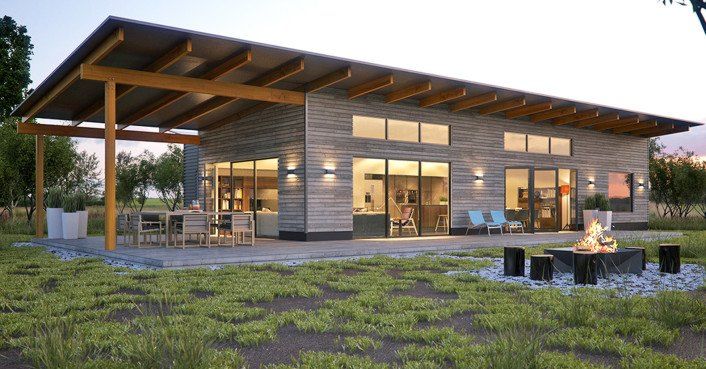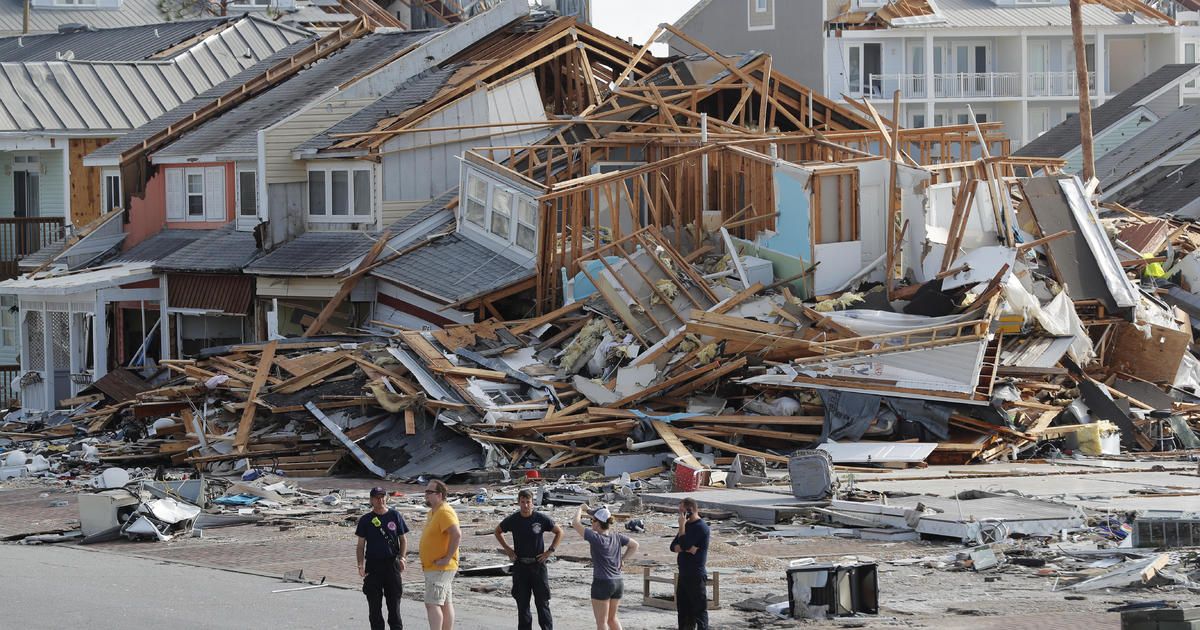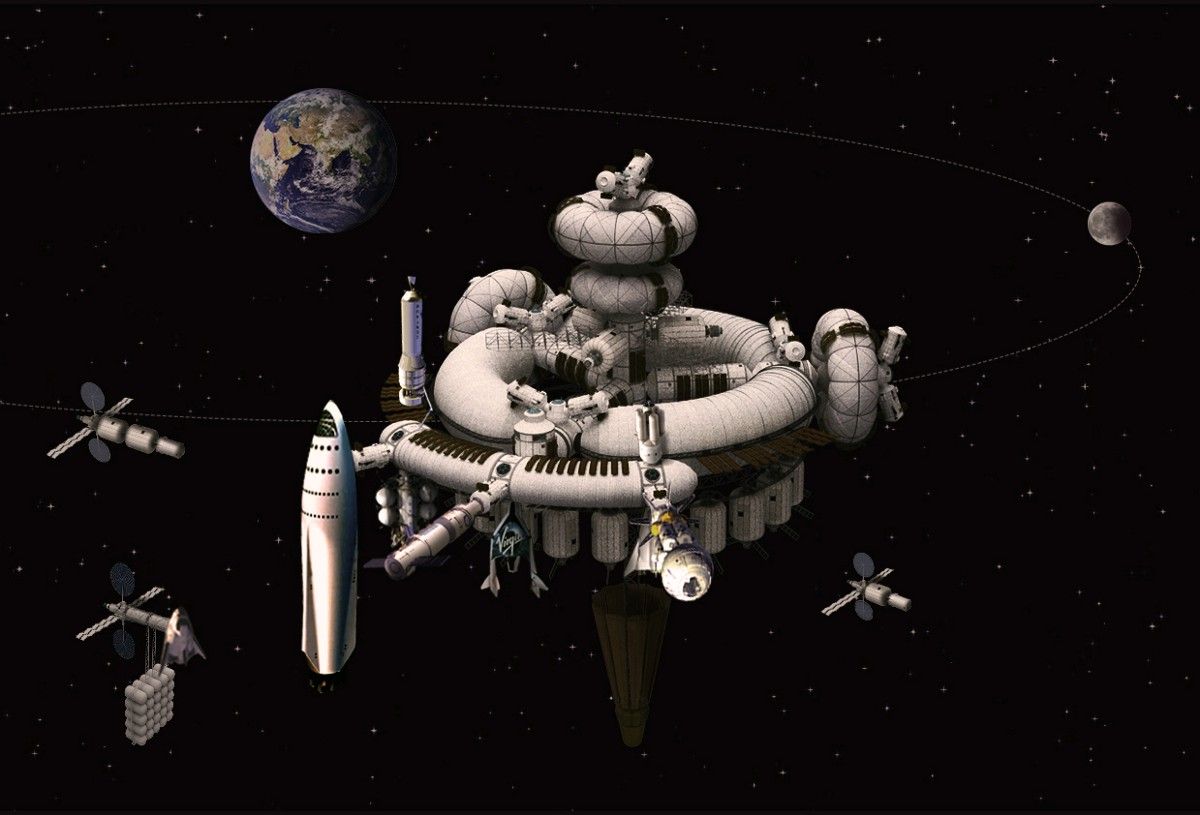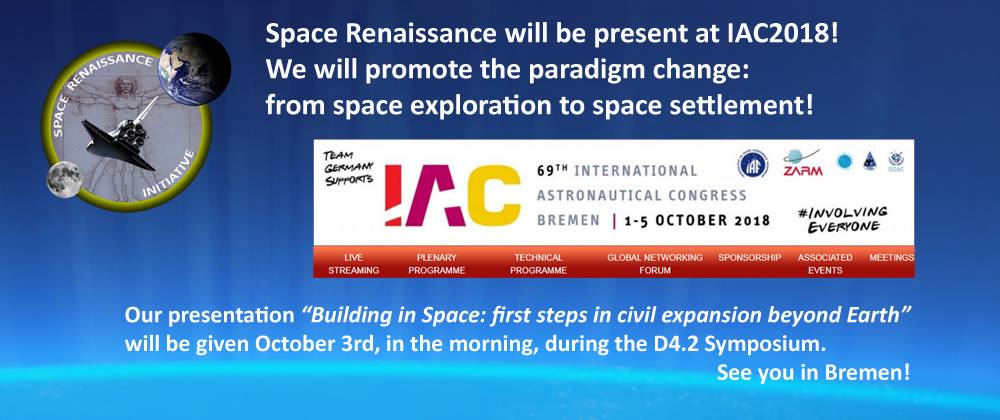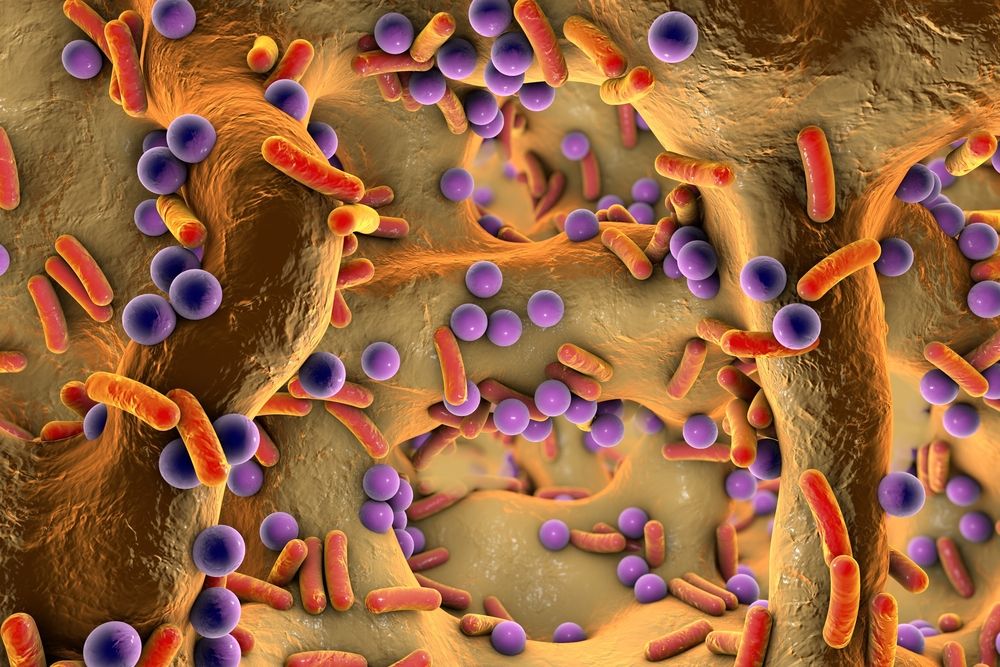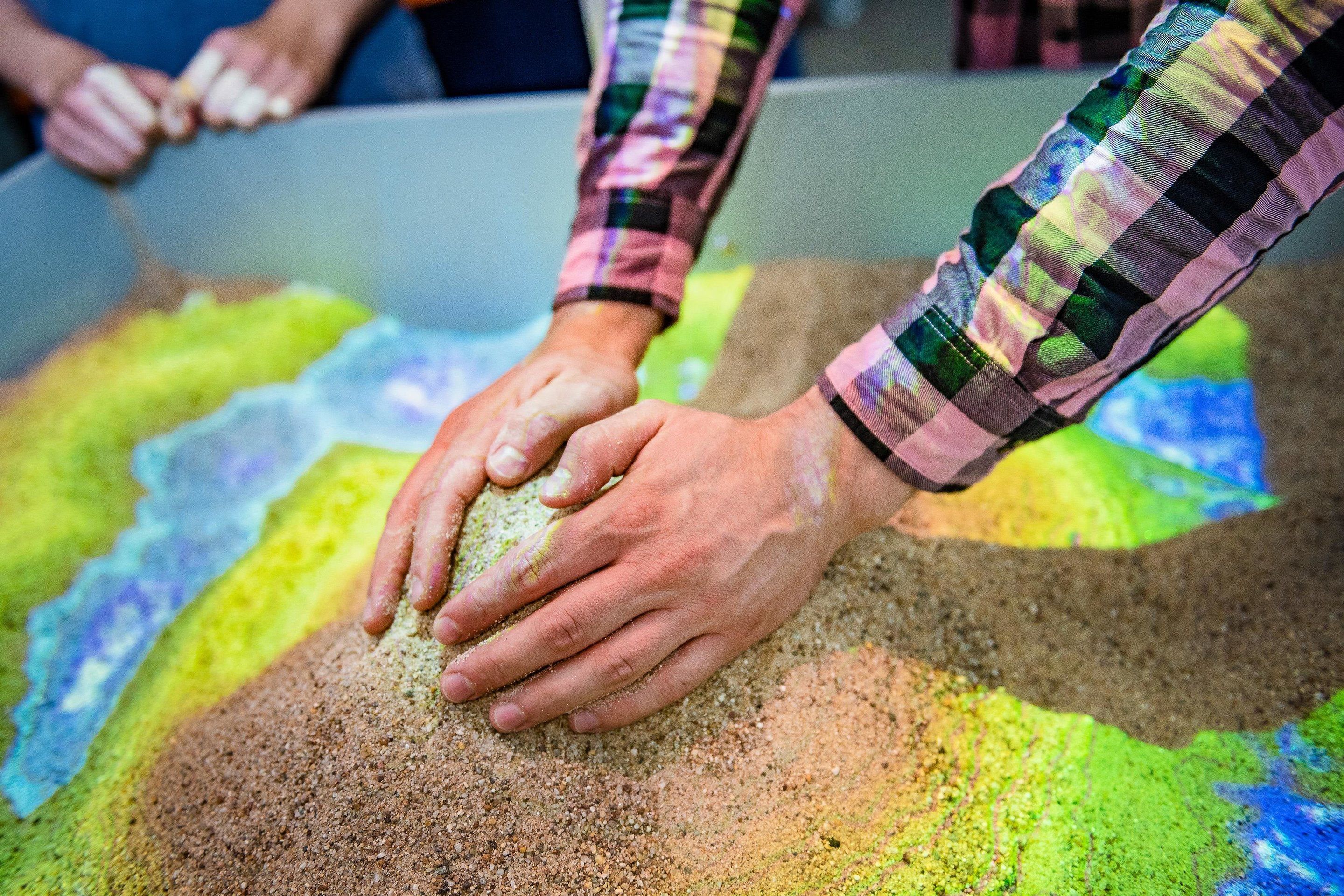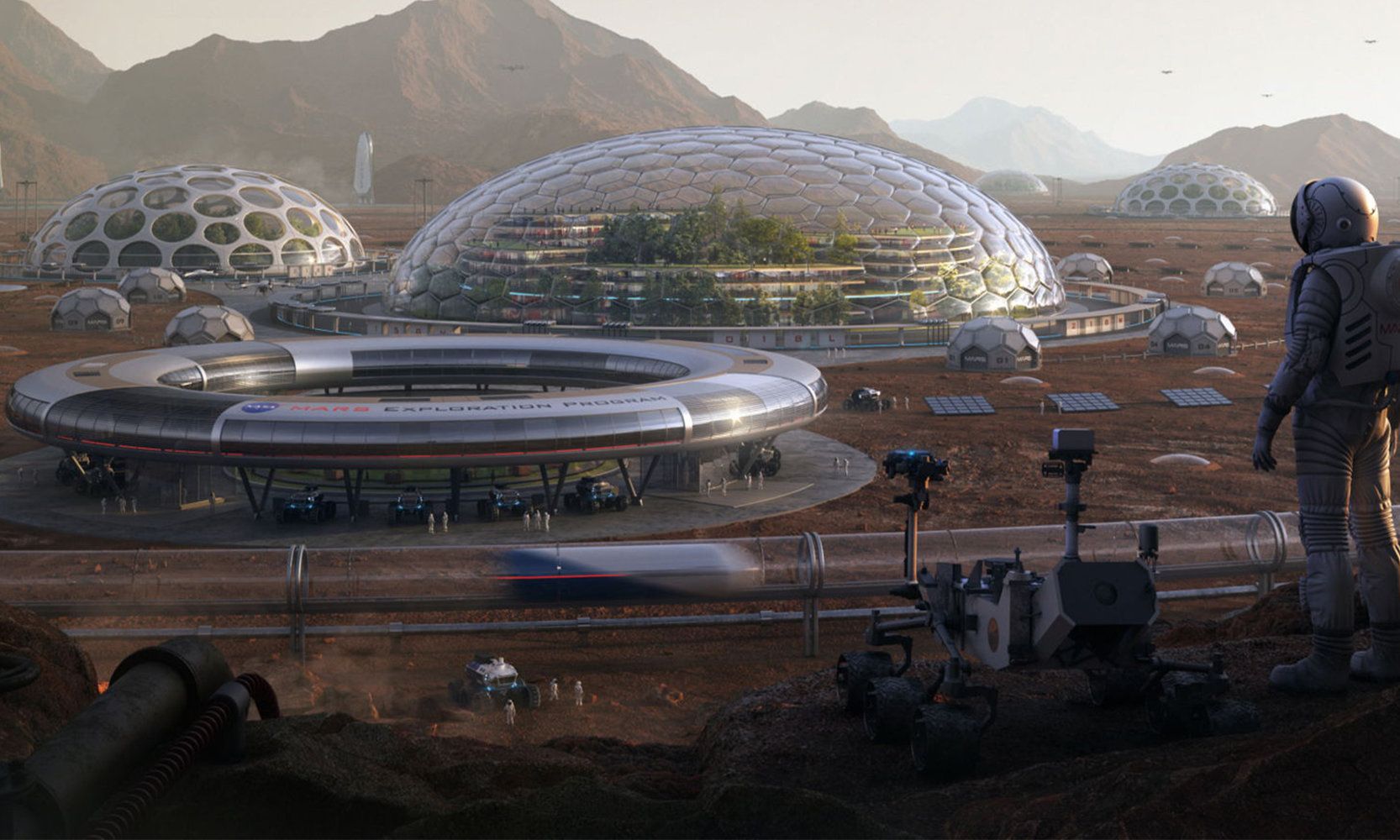Archive for the ‘habitats’ category: Page 96
Oct 11, 2018
Hurricane Michael hits Florida
Posted by Genevieve Klien in categories: climatology, habitats
Aerial footage shows rows of damaged and destroyed homes lining the beach in Mexico Beach, Florida, after Hurricane Michael slammed into the town on October 10, 2018. It was the strongest hurricane on record to hit the Florida Panhandle.
Credit: WJAX
Oct 5, 2018
How I designed a space outpost
Posted by Sidney Clouston in categories: food, habitats, health, space travel
As a Master’s student at University of Houston’s Sasakawa International Center for Space Architecture (SICSA), I was exposed to many interesting aspects of space exploration. One that I’m particularly intrigued about is the daily lives of astronauts, and their most mundane activities — how they sleep, eat, shower, exercise, work, etc. When the time came to choose what to focus on for my design thesis, I knew it would have something to do with habitation, community, and daily lives in space.
My undergrad was in architecture and urban studies with an equal emphasis on both. This gave me an understanding of how dwellings changed throughout the centuries in relation to the evolution of cities. I think in most cases, our definition of “home” is very intertwined with our definition of “city”. And I believe as humans set sail for the stars, this intertwining will stay strong. What defines a home and a city varies greatly from culture to culture, and changes with time. However, in a broad sense, a home is for your personal and intimate activities, alone or with close family members, and a city is a collection of private and public areas where the community can interact and coexist.
Sep 29, 2018
A solid industrial perspective in the Geo-Lunar space
Posted by Adriano Autino in categories: 3D printing, habitats, satellites
Some industrial activities can give a ROI in a reasonable times. Recovery and reuse of space debris and wreckages, at least in its recovery part, is very much needed, for orbital safety. With proper orbital infrastructures, to capture debris, the logical next step will be to re-process them, getting powders for 3D printing, a platform for orbital ISRU, very first bricks of orbital factories. Assembly of satellites and vehicles in orbit is a large industrial perspective, that will decrease the cost of design, construction and launch: a first step towards a self sustaining space industrial development. There’s a number of in-orbit operations: transport and maintenance of satellites in orbit, refuelling stations, repair shops, orbital sites, orbital yards, spaceports, habitats. All the activities tied to space tourism, such as hotels and lodging facilities, passengers transportation systems (Earth-Orbit, inter-orbit, Earth-Moon). Products from zero gravity, asteroid and lunar mining are other very promising industrial activities, on which several startups were already born.
Priority to enabling technologies.
Sep 26, 2018
NLRP12 Protein Protects Mice Against Obesity
Posted by Steve Hill in categories: biotech/medical, habitats
A study from the UNC School of Medicine showed that the protein NLRP12, known for its anti-inflammatory effects, also protects mice on a high-fat diet against obesity and insulin resistance; it might have a similar effect in humans [1].
Study abstract
In addition to high-fat diet (HFD) and inactivity, inflammation and microbiota composition contribute to obesity. Inhibitory immune receptors, such as NLRP12, dampen inflammation and are important for resolving inflammation, but their role in obesity is unknown. We show that obesity in humans correlates with reduced expression of adipose tissue NLRP12. Similarly, Nlrp12/ mice show increased weight gain, adipose deposition, blood glucose, NF-kB/ MAPK activation, and M1-macrophage polarization. Additionally, NLRP12 is required to mitigate HFD-induced inflammasome activation. Co-housing with wild-type animals, antibiotic treatment, or germ-free condition was sufficient to restrain inflammation, obesity, and insulin tolerance in Nlrp12/ mice, implicating the microbiota. HFD-fed Nlrp12/ mice display dysbiosis marked by increased obesity-associated Erysipelotrichaceae, but reduced Lachnospiraceae family and the associated enzymes required for short-chain fatty acid (SCFA) synthesis.
Continue reading “NLRP12 Protein Protects Mice Against Obesity” »
Sep 17, 2018
Mars-Moon Lava Tube habitation simulation in Iceland
Posted by Klaus Baldauf in categories: habitats, space

Mike Dunn talked about the use of lava tubes for the Moon and Mars habitats. Mike has worked on The Mars Lava Tube Pressurization Project’s (MLTPP).
Sep 17, 2018
Predicting flood risk better
Posted by Bill Kemp in categories: engineering, finance, habitats
90% of natural disasters are flood related. Flooding will occur and people will build in areas that can and will flood so how can we change the outcomes in the future? Why not have floating homes that are anchored to their site but rise and lower with the flood with zero damage? I am about to start a new company that can manufacture those homes. If you want to know more contact me directly.
Engineers at Ruhr-Universität Bochum have developed a new statistical model that predicts how likely extreme flood events are in Germany. In contrast to earlier models, they distinguish between several types of floods with different causes, such as heavy rain, snow or spatially extended rain events with long durations. The model improves the assessment of flood risks and to plan appropriate protective measures. The team led by Professor Andreas Schumann from the Institute of Hydrology, Water Resources Management and Environmental Engineering reports on its work in the Bochum science magazine Rubin.
In their model, the hydrologists distinguish between three main types of flood, which stem from different causes: heavy rain, which lasts one or two days; prolonged rain over four to five days; and snow-related flooding.
Sep 17, 2018
These Stunning Designs Show What Our Future on Mars Might Look Like
Posted by Mike Ruban in categories: habitats, space
A recent contest challenged participants to create utopian designs of future human Mars settlements, and their creations are stunning.
In the HP Mars Home Planet Rendering Challenge, over 87,000 people from all over the world flexed their creative muscles to design the perfect colony on the Red Planet. Last summer, when HP launched the challenge, the participants started working on their designs, and the winners were announced on Aug. 14.
This challenge wasn’t just about creating a pretty, futuristic-looking, idealistic Martian colony. Indeed, the designs also had to show how the settlements would support 1 million colonists. The surface of the Red Planet is harsh, with an extremely thin atmosphere, intense radiation and dust storms that occasionally envelop the planet. [Mars Ice Home: A Red Planet Colony Concept in Pictures].
Sep 15, 2018
ISS hole: We will look back on Sept 2018
Posted by Philip Raymond in categories: astronomy, ethics, habitats, space, space travel
 Someday, people across the world will look back on September 2018, much like we look back on the terror attacks of 9/11 or the safe return of Apollo 13 in 1970. They are touchstone moments in world history. For Americans, they are as indelible as Pearl Harbor, the assassination of John F. Kennedy or the first moon landing.
Someday, people across the world will look back on September 2018, much like we look back on the terror attacks of 9/11 or the safe return of Apollo 13 in 1970. They are touchstone moments in world history. For Americans, they are as indelible as Pearl Harbor, the assassination of John F. Kennedy or the first moon landing.
So, what happened just now? The month isn’t even half over, and the only events we hear about on the news are related to Hurricane Florence and Paul Manafort. (In case you live under a rock or are reading this many years hence, the hurricane made landfall on the coast of the Carolinas, and the lobbyist / political consultant / lawyer / Trump campaign chairman pled guilty to charges and has agreed to cooperate in the continuing Mueller investigation).
No—I am not referring to either event on the USA east coast. I am referring to a saga unfolding 254 miles above the Earth—specifically a Whodunit mystery aboard the International Space Station (ISS). NASA hasn’t seen this level of tawdry intrigue since astronaut Lisa Marie Nowak attacked a rival for another astronaut’s affection—driving across the country in a diaper to confront her love interest.
So What is the Big Deal This Week?!
Continue reading “ISS hole: We will look back on Sept 2018” »
Sep 14, 2018
WASP releases “infinity 3D printer” for construction
Posted by Bill Kemp in categories: 3D printing, habitats, sustainability
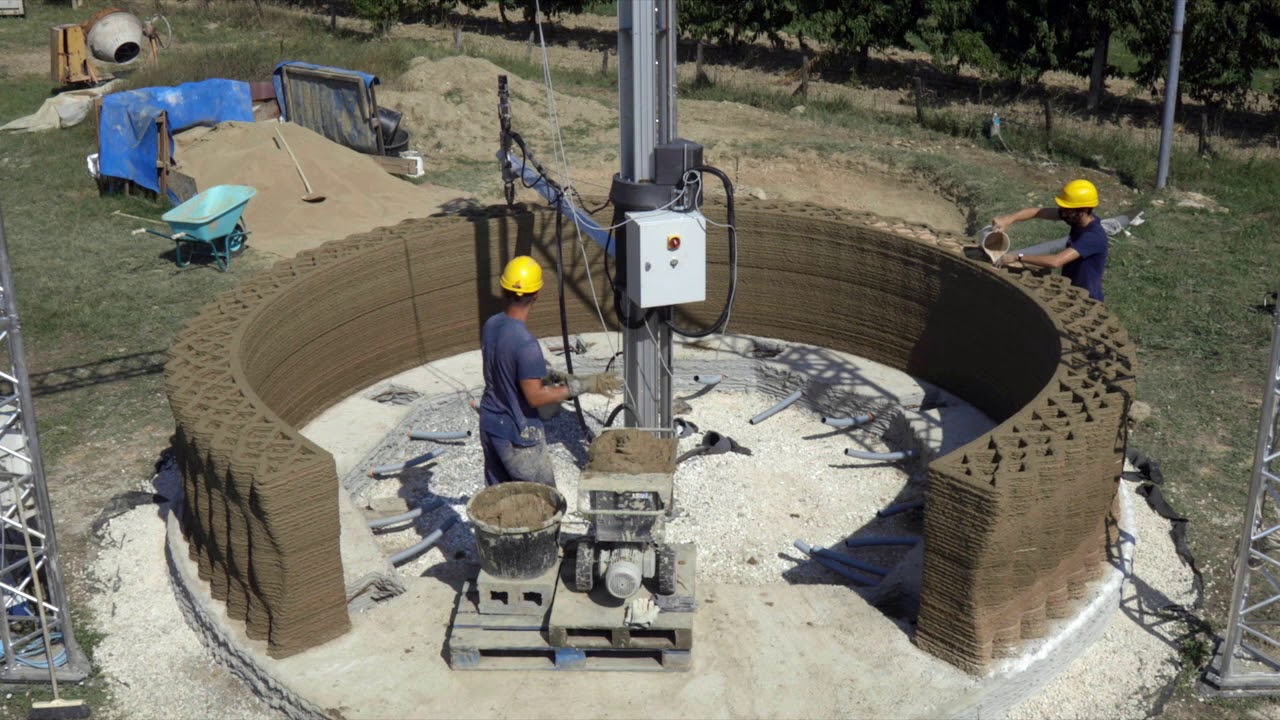
WASP, the Italian manufacturer behind DeltaWASP 3D printers, has unveiled a new construction system which will be used to print sustainable houses in a village.
The Crane WASP, also referred to as the “the infinity 3D printer” is designed to accelerate the development of the technological village of Shamballa, a WASP project to develop 3D printed eco-friendly houses. The company states.
Continue reading “WASP releases ‘infinity 3D printer’ for construction” »
